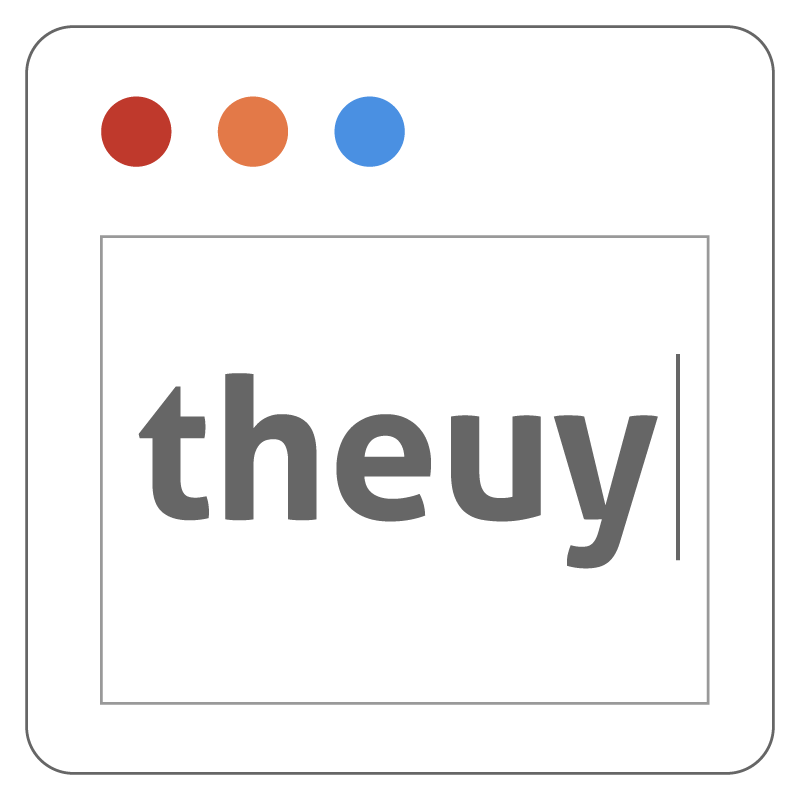With each passing year, advances in software development give us the opportunity to create faster and more efficient programs. In this article, we'll take a look at some of the most interesting trends that are expected to shape the software development landscape over the next five years. From AI-powered chatbots to voice recognition technology, learn how these trends can help streamline your workflow and make your projects more successful!
Artificial Intelligence and Robotics
In the next few years, we will see a continued rise in artificial intelligence (AI) and robotics. These technologies are already being used in many industries, including manufacturing, healthcare, transportation, and logistics. As AI and robotics become more advanced, they will increasingly be used to automate tasks that are currently done by human workers. This could lead to significant job losses in many sectors. However, it could also lead to the creation of new jobs in fields such as data analysis and software development.
Security and Privacy
There is no doubt that security and privacy are of utmost importance when it comes to software development. With the ever-growing number of cyber attacks, it is more important than ever for developers to create secure applications. In the next years, we expect to see more focus on security and privacy in the software development industry. Here are some trends to look out for:
- Increased use of encryption: Encryption is a great way to protect data from being accessed by unauthorized individuals. We expect to see more developers using encryption to protect user data in the next years.
- Improved authentication methods: Authentication is another important aspect of security. In the next years, we expect to see improved authentication methods that are more secure and user-friendly.
- increased focus on privacy: With the recent introduction of GDPR, there is a heightened focus on privacy protection. This is something that we expect to see more of in the software development industry in the next years.
- More use of security tools: There are a variety of security tools available that can help developers create secure applications. We expect to see an increase in the use of these tools in the next years as developers strive to create more secure apps
Blockchain technology
In the past few years, blockchain technology has been gaining a lot of traction and it is now being used in various industries beyond just cryptocurrency. This distributed ledger technology offers a secure and transparent way to record transactions and store data. With its tamper-proof features, blockchain is well-suited for applications that require high levels of security, such as banking and healthcare.
As blockchain technology continues to evolve, we can expect to see more widespread adoption across different industries. We will also see more development in the area of smart contracts, which are self-executing contracts that are stored on the blockchain. This could potentially revolutionize many industries by making transactions more efficient and eliminating the need for intermediaries.
Augmented Reality
- AR is one of the most popular software development trends and is predicted to continue growing in popularity.
- AR allows users to interact with digital content in a more natural and immersive way, making it an ideal technology for a variety of applications such as gaming, education, and retail.
- AR is already being used by major companies such as Google, Apple, and Microsoft, and its adoption is only expected to increase in the coming years.
- Developers who are skilled in AR development will be in high demand as the technology continues to gain traction.
Internet of Things
The Internet of Things, or IoT, is a system of interconnected devices and sensors that collect and share data. IoT devices can range from simple things like thermostats and light bulbs to more complex systems like cars and industrial machines.
IoT has the potential to transform the way we live, work, and play. For example, connected devices can make our homes more energy efficient, help us get around town more easily, and improve our health and safety. In the workplace, IoT can increase productivity and efficiency by giving employees real-time data about their work environment. And in our leisure time, IoT can enhance our experiences by providing us with personalized content and recommendations.
There are many different types of software that enable IoT devices to connect and share data. Some common examples include:
• Connectivity software: This type of software enables devices to connect to each other and share data. Common protocols used for device connectivity include Bluetooth, Zigbee, Z-Wave, 6LoWPAN, Thread, LoRaWAN, NB-IoT, LTE-M, and 5G.
• Device management software: This type of software helps manage large fleets of IoT devices. It includes features such as device provisioning, monitoring, security management, remote firmware upgrades, etc.
• Analytics software: This type of software helps organizations make sense of the vast amounts of data generated by IoT devices. It includes features such as data visualization, machine learning,
Cloud Computing
The cloud is here to stay and there is no doubt that cloud computing will continue to be one of the most important software development trends in the coming years. The advantages of cloud computing are numerous and include the ability to scale on demand, pay-as-you-go pricing, and increased flexibility and agility.
As enterprises increasingly adopt cloud technologies, there will be a greater demand for developers with skills in cloud platform and application development. In order to stay ahead of the curve, developers need to keep up with the latest trends in cloud computing. Here are some of the most important trends to watch out for in the next few years:
- Multi-cloud and hybrid cloud architectures will become more common
- Cloud security will continue to be a top concern
- Serverless computing will gain popularity
- AI and machine learning will be increasingly used in the cloud
- The Internet of Things will drive more adoption of edge computing
Mobile Application Development - Emergence of Machine Learning as the Main Method for Software Development
In the past few years, we have seen a huge increase in the number of mobile applications being developed. This trend is only going to continue in the next few years, as more and more businesses are starting to see the benefits of having a mobile app.
One of the biggest trends we are seeing in mobile app development is the emergence of machine learning as the main method for software development. Machine learning is a form of artificial intelligence that allows computers to learn from data without being explicitly programmed. This means that developers can create apps that are much smarter and more efficient than traditional apps.
Machine learning is already being used by some of the biggest companies in the world, such as Google and Facebook, to power their mobile apps. We expect to see many more companies following suit in the next few years.
Decline in Java, JavaScript and PHP Popularity
Java, JavaScript and PHP are three of the most popular programming languages in the world. However, their popularity is declining, according to the TIOBE Index.
The TIOBE Index is a monthly ranking of the popularity of programming languages. It's based on the number of skilled engineers worldwide, courses and third-party vendors.
In January 2018, Java was the most popular language with a rating of 16.33%. JavaScript was second with 8.27% and PHP was third with 6.13%.
One year later, in January 2019, Java's popularity had declined to 15.0%. JavaScript's had declined to 7.4% and PHP's had declined to 5.6%.
The decline in popularity of these three languages is due to a variety of factors. First, newer languages are being developed that are more suited to modern development needs. Second, many developers are moving away from traditional server-side development towards client-side development using frameworks such as React or AngularJS. And finally, some companies are moving away from using these languages altogether in favor of others such as Go or Elixir.
Despite the decline in popularity, Java, JavaScript and PHP are still widely used and will likely continue to be used for many years to come.
Languages that will Become More Popular: Swift, Ruby, Kotlin, Rust and Python
There are a few languages that are predicted to become more popular in the next few years. These include Swift, Ruby, Kotlin, Rust and Python. All of these languages have their own unique benefits that make them ideal for specific purposes.
Swift is a general-purpose, compiled programming language created by Apple Inc. It was designed to be easy to use while still being powerful enough to handle complex tasks. Swift is often used for developing iOS and macOS applications.
Ruby is a versatile scripting language that is commonly used in web development. It is known for its ease of use and readability. Ruby on Rails is a popular web application framework written in Ruby.
Kotlin is a statically typed programming language created by JetBrains. It is designed to be compatible with Java and can be used for developing Android apps. Kotlin is also gaining popularity as a server-side language due to its performance and safety features.
Rust is a systems programming language that focuses on safety, concurrency, and performance. It is often used for low-level tasks such as embedded systems and operating system development.
Python is a widely used high-level interpreted language that is known for its ease of use and readability. Python is suitable for many different types of projects due to its large standard library and vast ecosystem of third-party libraries.

